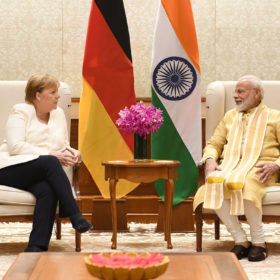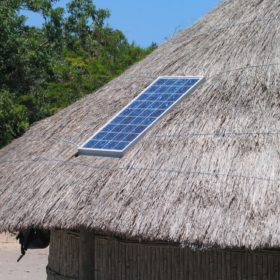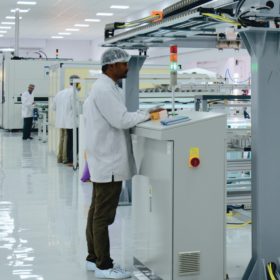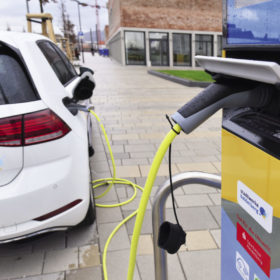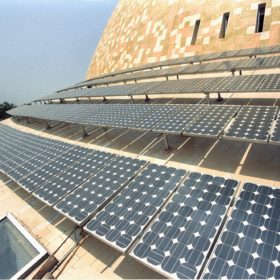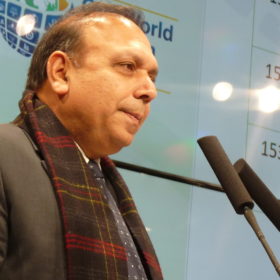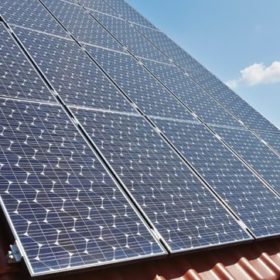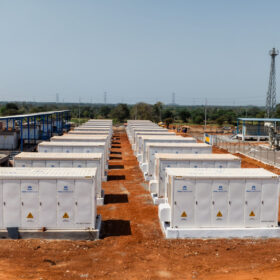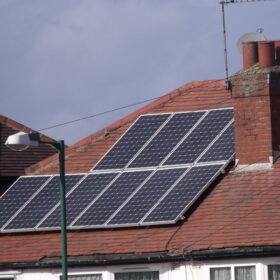Now green urban mobility to get one billion euros boost from Germany
Having extended around two billion euros for clean energy projects, Germany will now support India in improving green urban mobility infrastructure, solutions and services in cities. Furthering its support for clean energy transition, it will also provide concessional loan of 200 million euros for a DISCOM investment facility in India.
Off-grid solar sector witnesses sales of 4.1 million products in six months
Industry body Gogla and the World Bank’s Lighting Global program said the last six months set a record for off-grid solar deployment. Solar home systems and other small off-grid appliances are being used in ever larger numbers.
7 GW solar tender gets one-week extension—but will it help?
The manufacturing linked ISTS tender may face a ‘no bid’ situation even with amendments and bidding extensions, industry insider Gopal Lal Somani tells pv magazine as he explains the major reasons for developers’ cold response to some of the recent tenders.
Afghanistan kicks off tender for another 40 MW solar project
The facility will be developed under the World Bank’s Scaling Solar initiative on a public-private partnership basis in Herat province.
Closing the information gap will drive rooftop solar, says Freyr Energy
Up to 70% of prospective customers have shied away from owning a rooftop solar system due to lack of readily available information on how to assess various solar options, says Saurabh Marda, co-founder and managing director of Freyr Energy – a Hyderabad-based rooftop solar firm that has completed over 1200 installations in just 5 years since inception in 2014.
Indigenisation of technology key to successful EV transition for auto industry: CEEW
Indigenisation of electric powertrain components and battery pack assembly could produce a 5.7% higher output value addition (US$ 2.7 billion) for the Indian auto industry in case of an electric vehicle (EV) transition.
Commercial rooftops will lead renewables growth in the next five years
Although the International Energy Agency’s latest renewables report forecasts impressive solar growth there is still a nagging feeling it has produced conservative estimates and the emphasis on sharing costs with grid operators is predictable.
Solar cells using imported blue wafers will not qualify as domestically manufactured: MNRE
The decision is likely to push upstream solar manufacturing in India, which currently has negligible wafer and cell production capacity to meet domestic content requirements for government projects.
India plans 55 GW of renewables capacity along Pakistan border
An AFP newswire report this week said Anand Kumar had announced plans for 30 GW of generation capacity in Gujarat and 25 GW in Rajasthan, all of it along a 20-25km strip of semi arid land on the border.
SunEdison launches rooftop solar arm
The Chennai-based solar components trader and EPC installer expects a surge in tenders for distributed rooftop solar plants across India with guaranteed purchase of power by government enterprises to reduce their energy costs.
